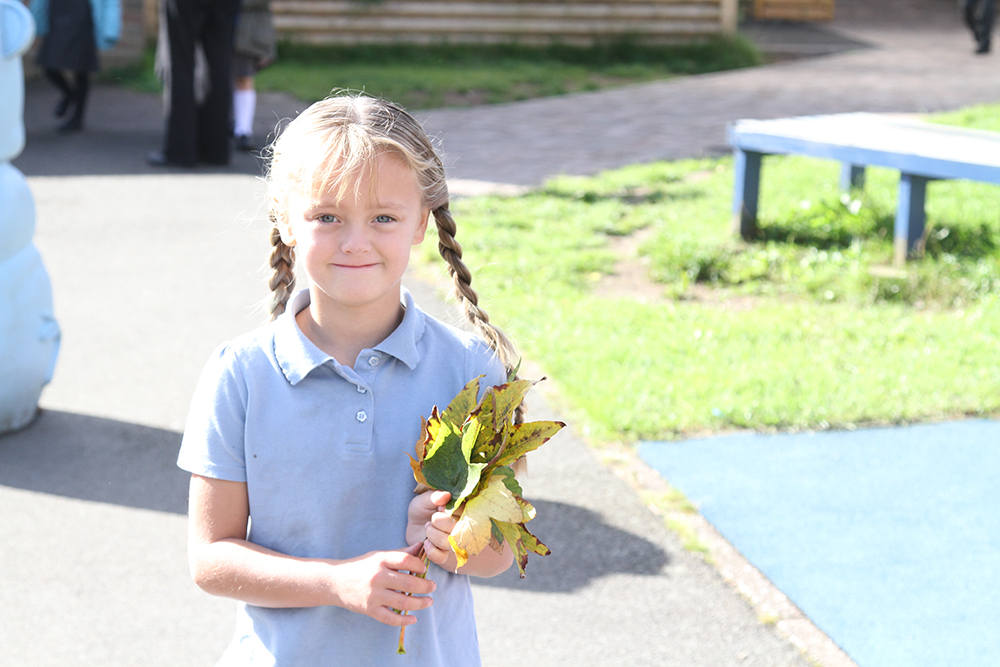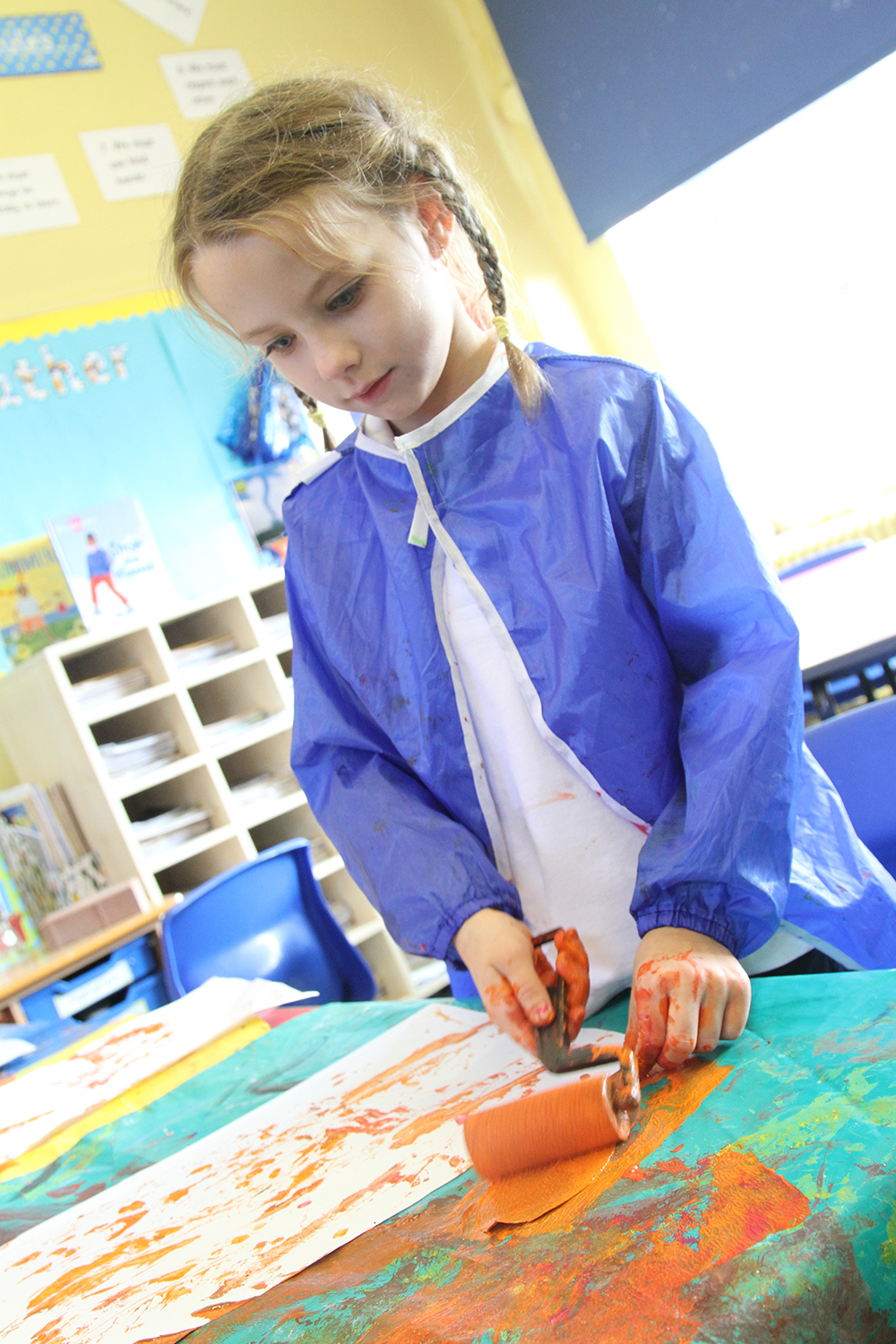Intent
At Hillstone Primary School, we believe art is for everyone. We are committed to providing all children with quality learning opportunities to engage in every aspect of art and design.
The purpose of our art and design education is to give pupils the skills, concepts and knowledge necessary for them to express their responses to ideas and experiences in a visual or tactile form. It fires their imagination and is a fundamental means of personal expression.
While it is essentially a practical subject, art should provide opportunities for reflection and, with increasing sensitivity, pupils should acquire the ability to make informed, critical responses to their own work and that of others.
Curriculum definition:
“Art, craft and design embody some of the highest forms of human creativity. A high-quality art and design education should engage, inspire and challenge pupils, equipping them with the knowledge and skills to experiment, invent and create their own works of art, craft and design. As pupils progress, they should be able to think critically and develop a more rigorous understanding of art and design. They should also know how art and design both reflect and shape our history, and contribute to the culture, creativity and wealth of our nation.”
National Curriculum, 2014
Curriculum aims
The aims of Art and Design are:
- to enable all children to have access to a varied range of high quality art experiences.
- to provide an imaginative, innovative and co-ordinated art programme which will foster enthusiasm for art and design amongst all the children.
- to foster an enjoyment and appreciation of the visual arts and a knowledge of artists, craftspeople and designers, through links with the local and wider multicultural community.
- to stimulate children’s creativity and imagination by providing visual, tactile and sensory experience.
- to help children explore the world at first hand, using all their senses and experimentation, and so gain knowledge and understanding of the world in which they live.
- to develop children’s understanding of line, colour, form, texture, shape, shape, pattern and their ability to use materials and processes to communicate ideas, feelings and meanings.
- to inspire confidence, value and pleasure in art.
- to cultivate children’s aesthetic awareness and enable them to make informed judgements about art and become actively involved in shaping environments.
- to teach children to express their own ideas, feelings, thoughts and experiences.
- to develop children’s design capability.
- to enhance children’s ability to value the contribution made by artists, craft workers and designers and respond critically and imaginatively to ideas, images and objects.
Early Years
Art in EYFS
During the Early Years, young children will be given the opportunity to explore colour, texture, shape and form in two and three dimensions.
How it works
The children will have access to a wide range of constructions, collage, painting, printing and drawing activities, using appropriate tools and art materials. In order to tap their artistic potential, the children will be encouraged to develop their own creative ideas both individually and collaboratively.
KS1
Art in KS1
In Key Stage 1 art and design, children should learn how to use a range of materials to create products and share their ideas via drawing, painting and sculpture.
They should also try a wide range of techniques based around colour, pattern, texture, line, shape, form and space.
Pupils should be taught:
- to use a range of materials creatively to design and make products.
- to use drawing, painting and sculpture to develop and share their ideas, experiences and imagination.
- to develop a wide range of art and design techniques in using colour, pattern, texture, line, shape, form, shape and space.
- about the work of a range of artists, craft makers and designers, describing the differences and similarities between different practices and disciplines, and making links to their own work.
KS2
Art in KS2
Pupils should be taught to develop their techniques, including their control and their use of materials, with creativity, experimentation and an increasing awareness of different kinds of art, craft and design.
Pupils should be taught:
- to create sketch books to record their observations and use them to review and revisit ideas.
- to improve their mastery of art and design techniques, including drawing, painting and sculpture with a range of materials [for example, pencil, charcoal, paint, clay].
- about great artists, architects and designers in history.




